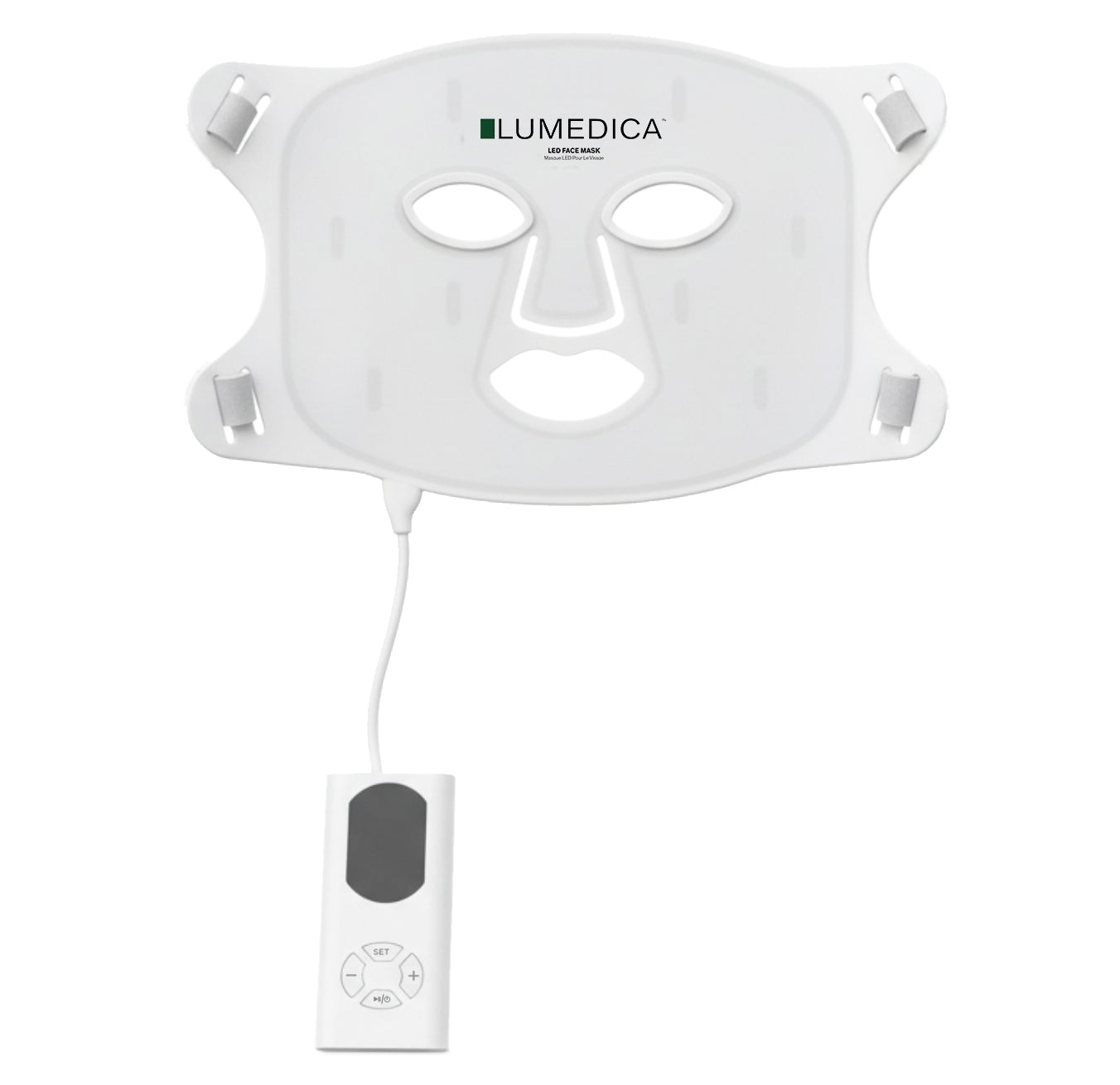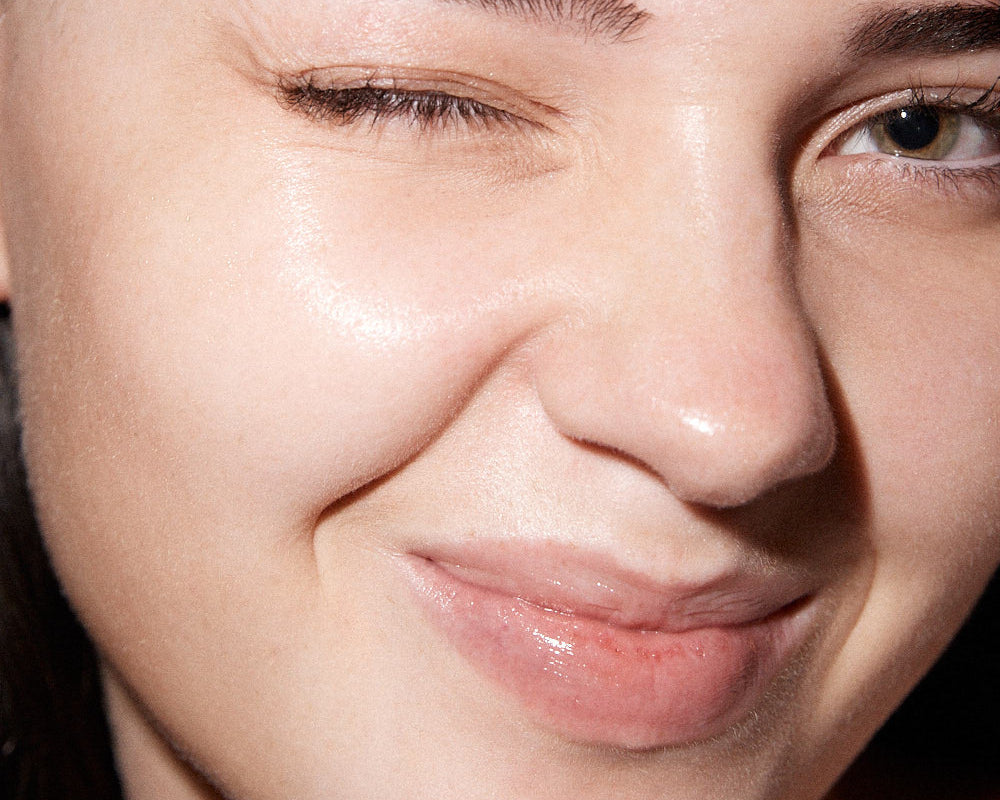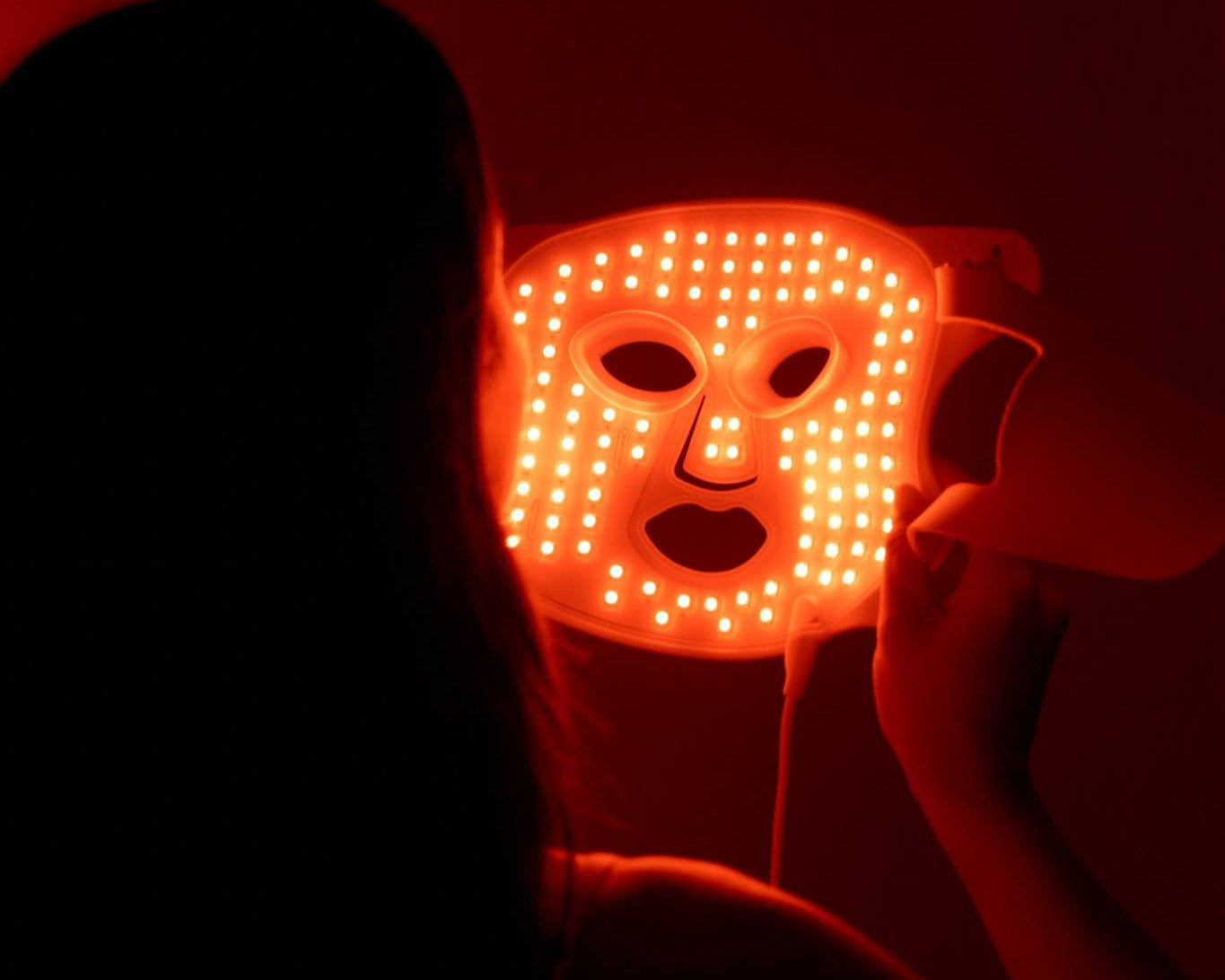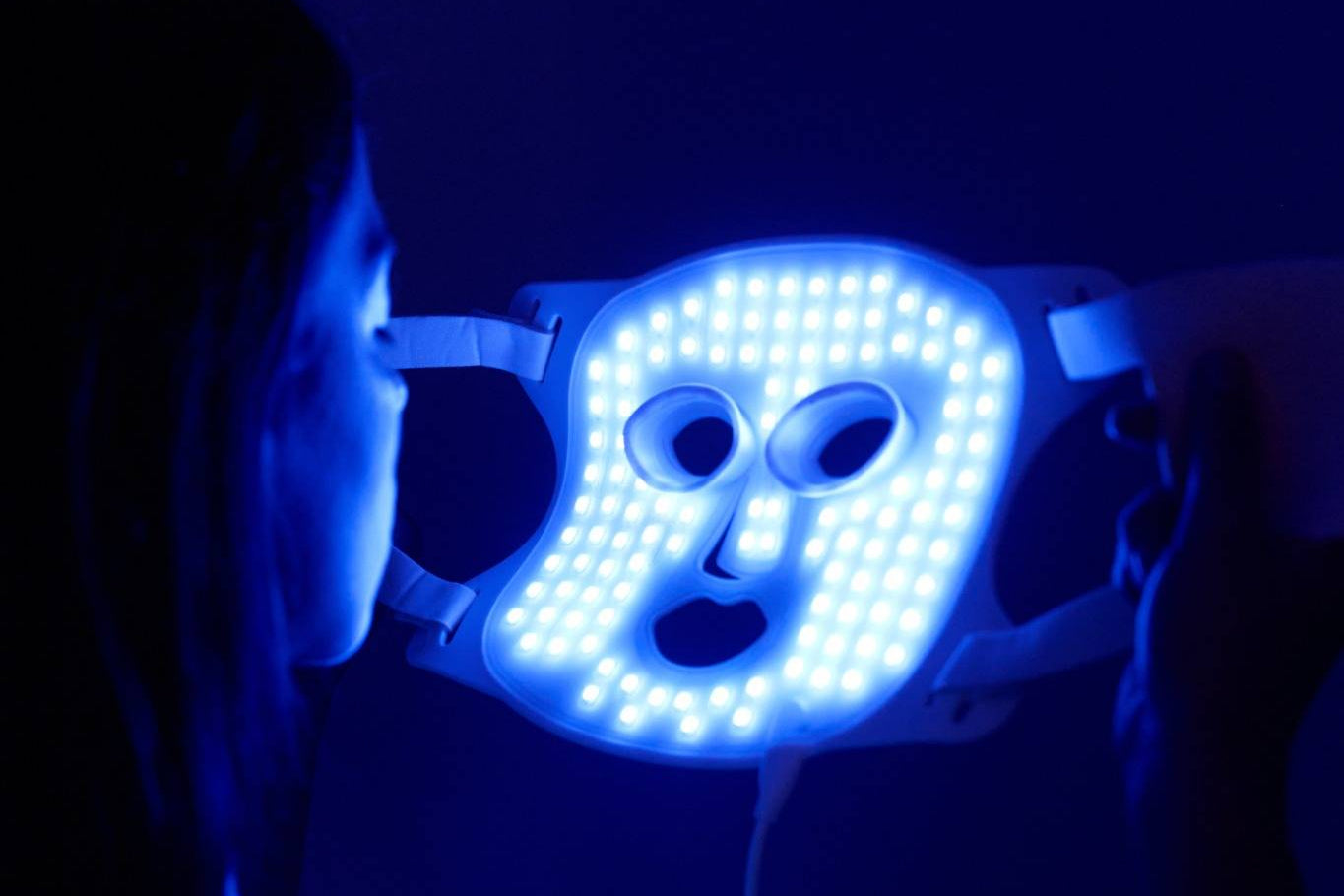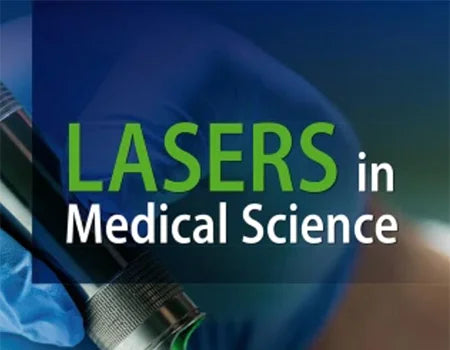Why Light Works at the Cellular Level
LED light has been studied for its ability to activate mitochondria — the “energy centres” of skin cells. When stimulated, mitochondria may help support collagen, circulation, and repair processes while reducing signs of stress in the skin.
This research was first explored by NASA in space medicine and has since been widely investigated in dermatology and photomedicine.
As Dr. Roger Seheult explains:
“Red light activates mitochondria in fibroblasts to produce more energy… Just 15 minutes can switch on that system.”
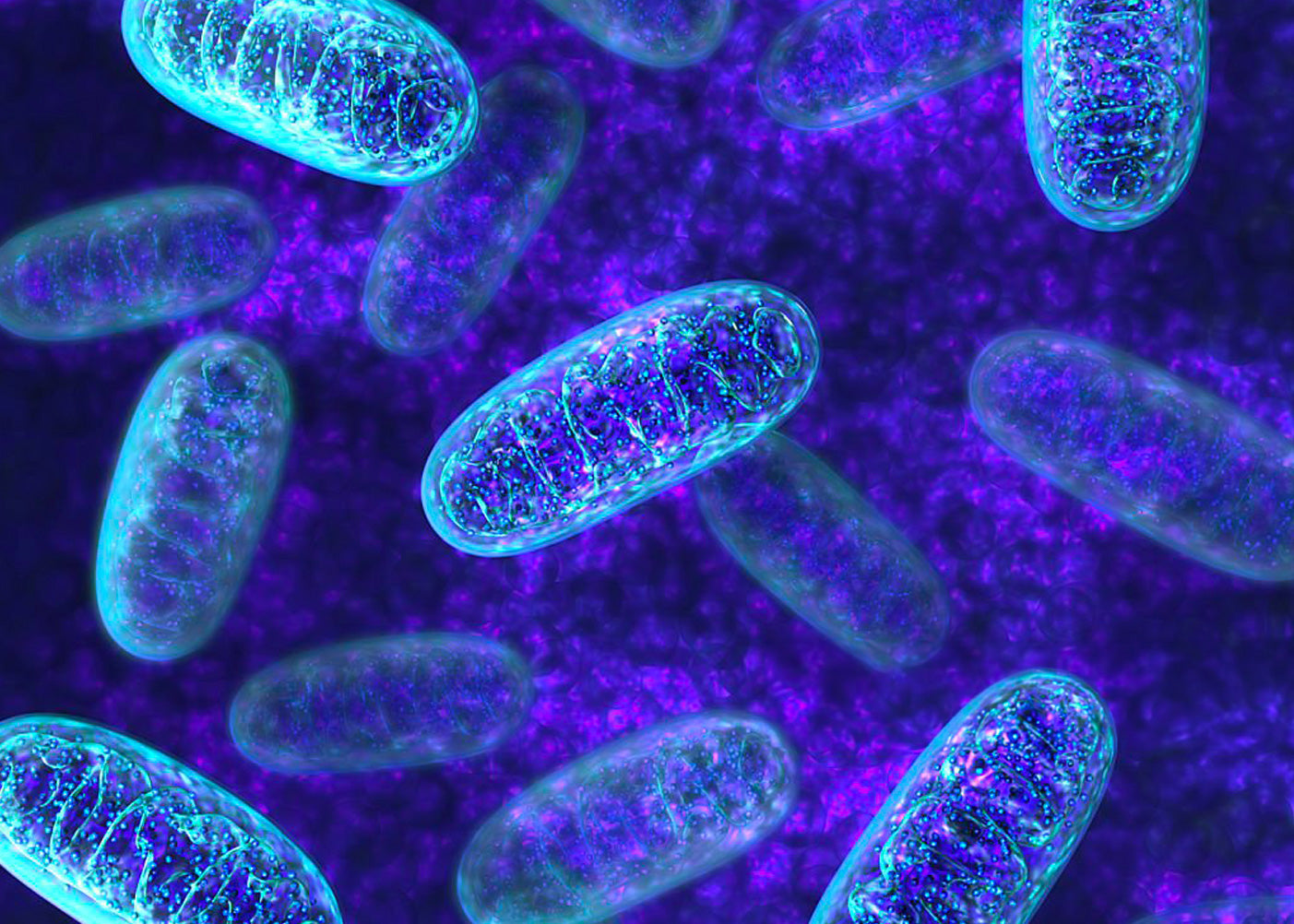
Why Light Works at the Cellular Level
LED light has been studied for its ability to activate mitochondria — the “energy centres” of skin cells. When stimulated, mitochondria may help support collagen, circulation, and repair processes while reducing signs of stress in the skin.
This research was first explored by NASA in space medicine and has since been widely investigated in dermatology and photomedicine.
As Dr. Roger Seheult explains:
“Red light activates mitochondria in fibroblasts to produce more energy… Just 15 minutes can switch on that system.”

The Gold-Standard Wavelengths
Lumedica is built around three wavelengths most referenced in published dermatology and photomedicine research — chosen for their safety, consistency, and supportive benefits.
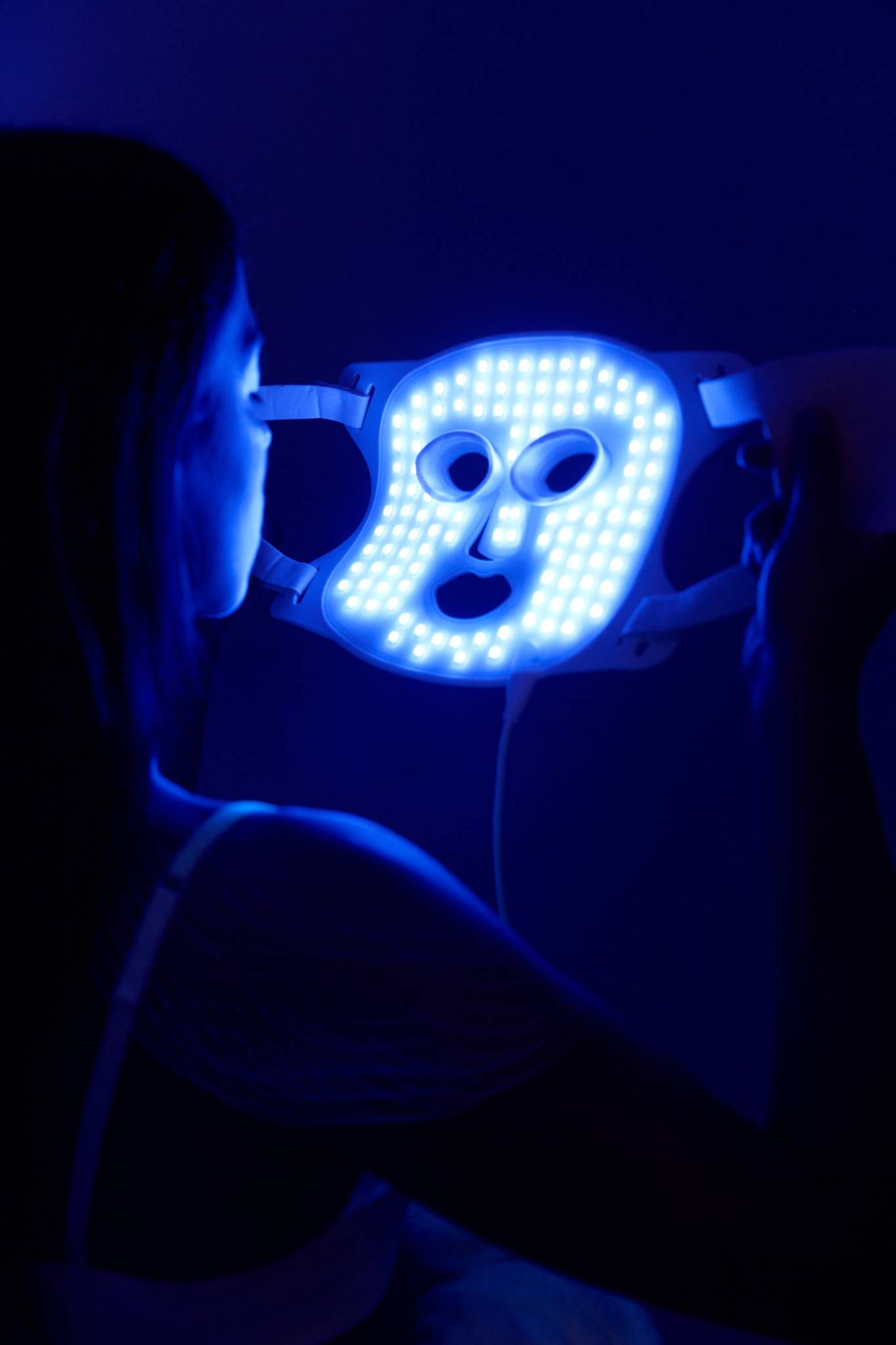
415 nm Blue
Investigated for its ability to target acne-causing bacteria and calm visible redness.
British Journal of Dermatology: Reported significant reductions in inflammatory lesions when using blue light.
JAMA Dermatology: Reviews highlight blue/red light combinations as a safe option for managing acne-prone skin.
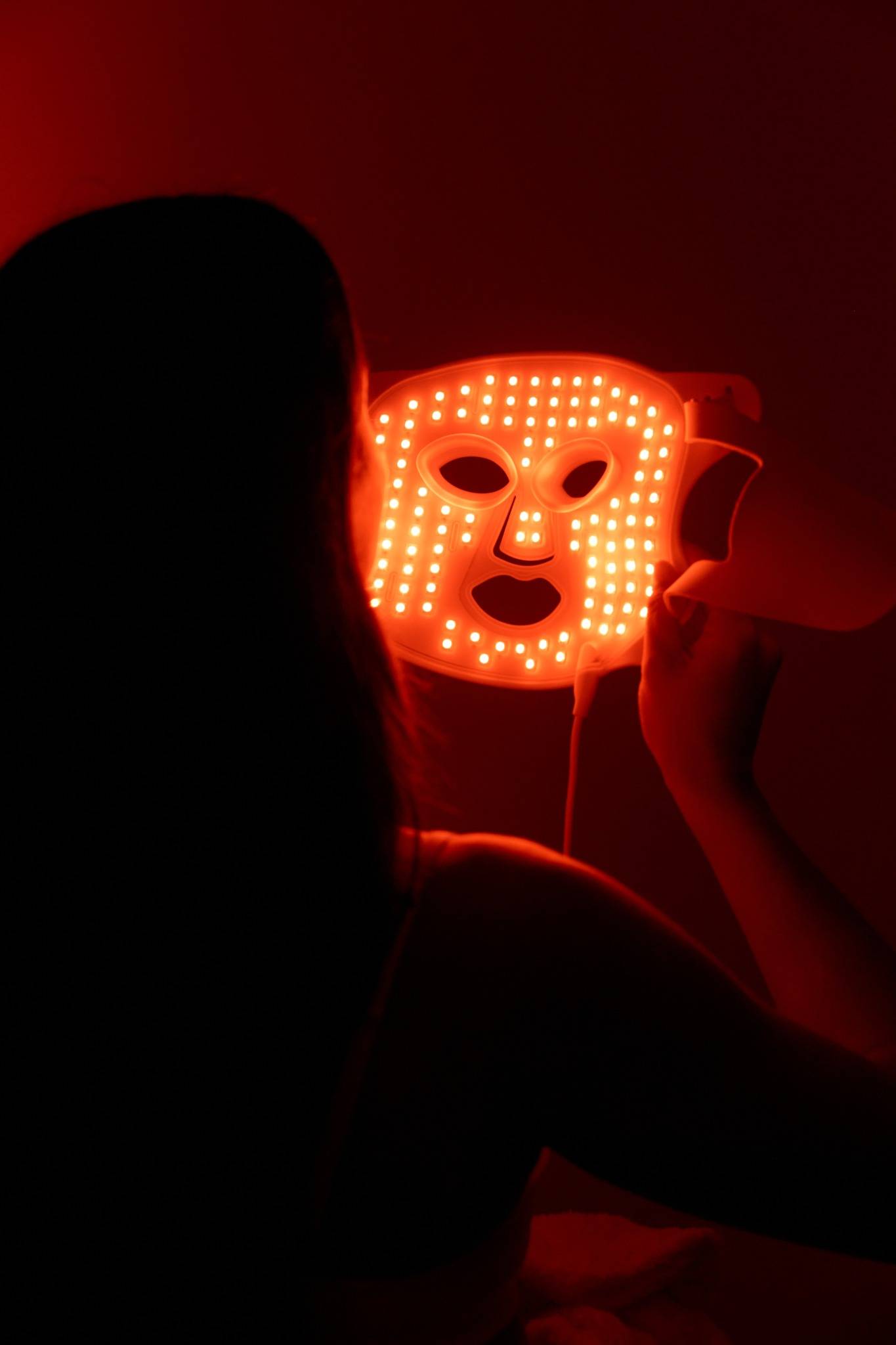
630 nm Red
Studied for stimulating fibroblasts, which may help support collagen and improve skin firmness.
Journal of the American Academy of Dermatology: Reported increases in collagen and elastin activity following red and infrared light exposure.
Lasers in Medical Science: Described red light as supporting wound repair and reducing visible inflammation markers.
University College London: Found improvements in mitochondrial efficiency with red light exposure.
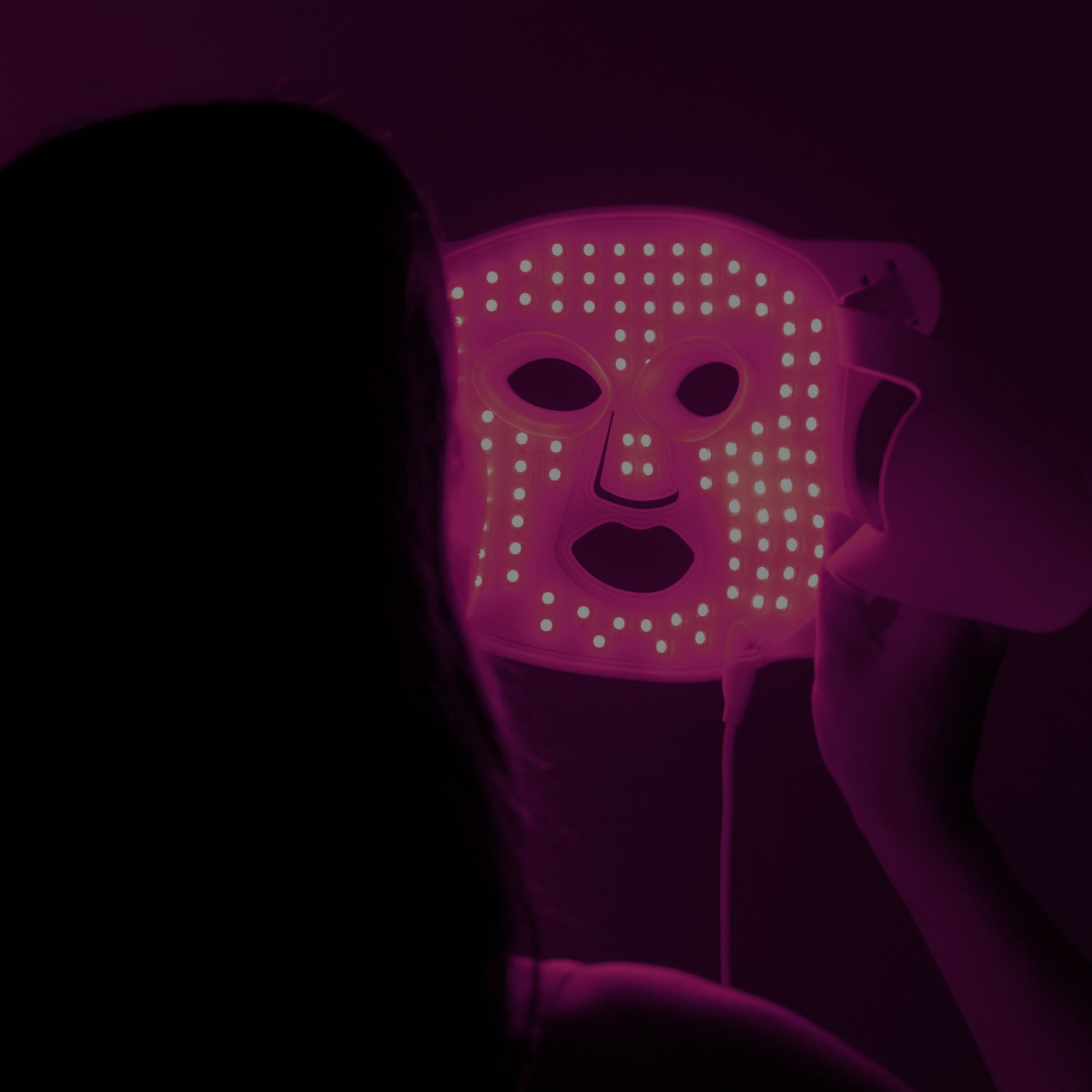
830 nm Near-Infrared Light
Known for its deeper penetration, supporting circulation and repair at a cellular level.
Lasers in Medical Science: Described NIR light as enhancing repair pathways in skin cells.
Aesthetic Surgery Journal & Lifespan Research: Reported systemic benefits of photobiomodulation, including support for tissue resilience.
Your Questions Answered
Our in-house beauty tech experts answer your most commonly asked questions.
It uses 415 nm Blue, 630 nm Red, and 830 nm Near-Infrared, as well as a combined mode.
Yes — Lumedica is engineered to CE, FDA, and ISO 13485 standards.
Yes, when used as directed, the mask is suitable for all skin types.
Results vary by individual. With consistent use, users often notice improvements in skin smoothness, clarity, and tone.
Timeframes differ, but visible improvements are commonly reported within weeks of regular use.

